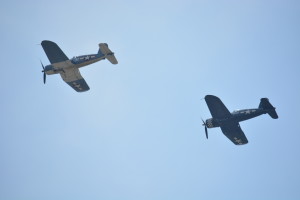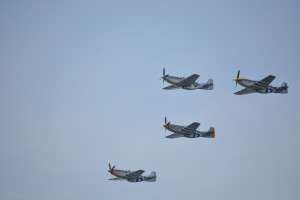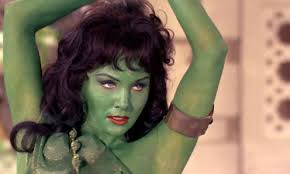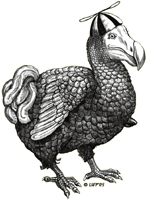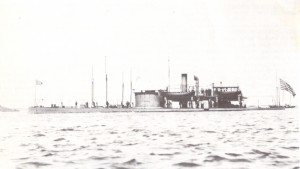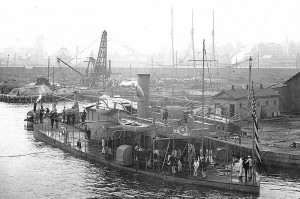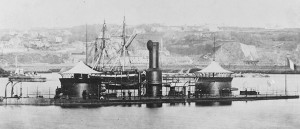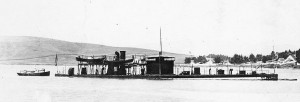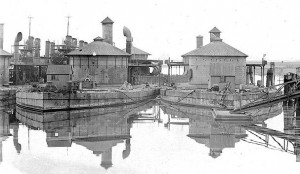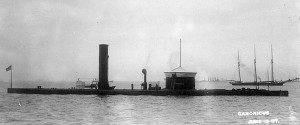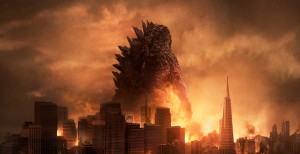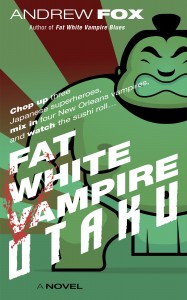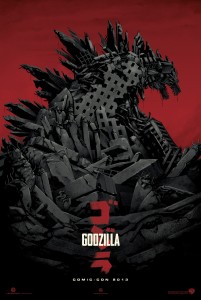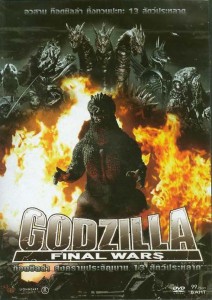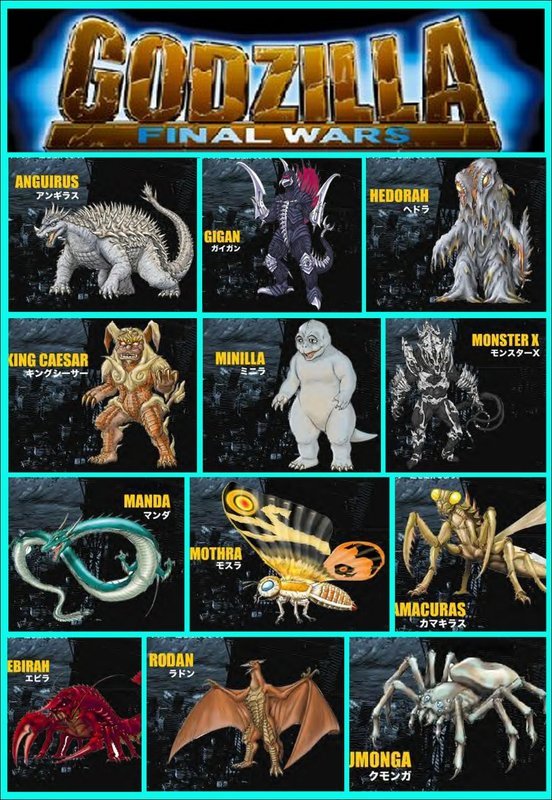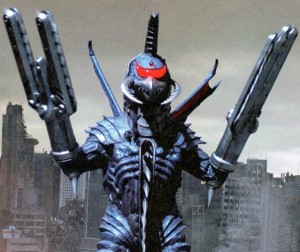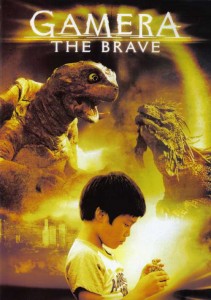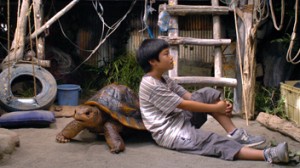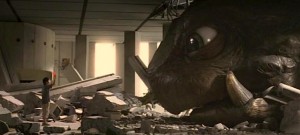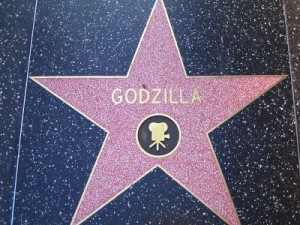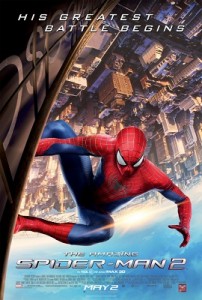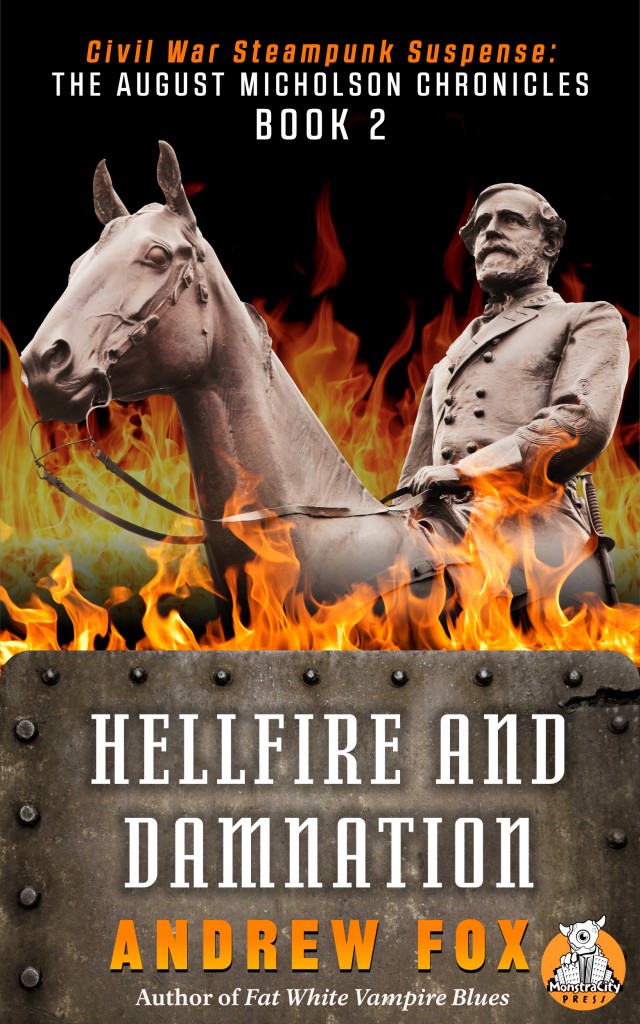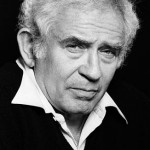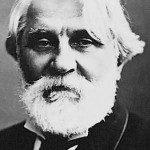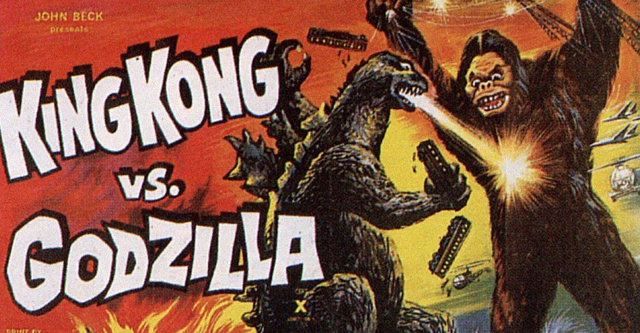
Copyright 1964 Toho Films
King Kong vs. Godzilla (1962)
Synopsis:
In Japan, the head of the Pacific Pharmaceutical Company decides his marketing campaign needs a big boost. Come up with a new advertising jingle? Hire a down-on-her-luck movie star to do personal appearances? Hand out free samples at school playgrounds? No — find a giant monster to put on display! The director hires a pair of explorers to to Faro Island in the Solomon Islands chain, where rumor has it that a gigantic beast traps the natives in a web of fear.
Meanwhile, an American nuclear submarine, on patrol in the Arctic, comes across an iceberg emitting a strange, green glow. While checking it out, the sub’s crew accidentally ram the iceberg… and, wouldn’t you know it, end up freeing Godzilla from his icy prison (where the big lizard had been trapped since the end of Godzilla Raids Again).
On Faro Island, the two explorers and their assistant hook up with the local natives just before a giant octopus(!) emerges from the sea and attacks the village. The natives’ god, King Kong, arrives on the scene and drives away the octopus. Luckily, the villagers have already prepared an offering for Kong, a medicinal berry brew that the big ape happily laps up and which causes him to take a blissful nap. While Kong is snoozing, the explorers build a huge raft, drag him onto the raft, and tow him back toward Japan… because Japan is short on destructive giant monsters, obviously.
Back in Japan, Godzilla has made his big entrance, stomping on a commuter train and several villages, heading for Tokyo. Out at sea, Kong awakens and starts playing tug-of-war with the ship which is towing him, which prompts the crew to blow up the raft. This is but a temporary inconvenience for Kong, a strong swimmer, who does his Mark Spitz thing and begins breast-stroking toward Japan and his eventual meet-up with Godzilla.
A television commentator helpfully opines that Godzilla and Kong are natural enemies (because, as every small school child knows, dinosaurs and giant gorillas clashed every single day during the Jurassic Period). The Japanese army digs a huge pit filled with explosives to trap and hopefully kill Godzilla. Kong arrives and has an inconclusive first battle with the radioactive dinosaur, not appreciating Godzilla’s ability to set his chest hair on fire. Godzilla laughs off the pit filled with explosives but is deterred by the army’s fall-back plan, an electrical barrier which shocks him with a million volts. However, Kong has a very different reaction to the high-tension wires — he chews on them like they’re linguine, delighting in the tasty electricity, which makes him feel like he’s on top of a cool and wintry mountain (no, that’s York’s Peppermint Patties); er, which tickles his innards (no, that’s Mountain Dew); well, which gives him a buzz at least as good as what he got from the berry juice back on Faro Island.
Speaking of those handy berries, the authorities get their hands on a batch and form it into berry bombs, which they detonate around Kong’s head while he is reprising his old star-turn atop New York’s Empire State Building, this time atop the Tokyo Tower. Kong takes another pleasant nap while the military comes up with yet another brilliant plan, this time hooking Kong up to gigantic helium-filled balloons so they can dump him into the crater atop Mount Fuji. The big ape’s peaceful slumber is interrupted by the roar of Godzilla below. Kong awakens, disentangles himself from the balloons, and drops onto his foe. Their battle resumes, and Kong is once again getting the worst of it, until a thunderstorm brews up. Lightning strikes the weakened Kong, not only restoring his strength, but also giving him the temporary superpower of shooting electrical bolts from his hairy fingertips. He uses this new power to befuddle and shock Godzilla, and the two end up wrestling, then tumbling off a high cliff into the ocean. Only Kong emerges from the depths (and, no, the rumor that the Japanese domestic version of the movie had Godzilla emerging triumphant is false). Having seen enough of Japan for one 91-minute feature, he swims back toward Faro Island, perhaps anticipating a nice repast of berry juice and calamari.
Homeland Security Lesson #1: Be Willing to Increase the Intensity of Your Defensive Measure
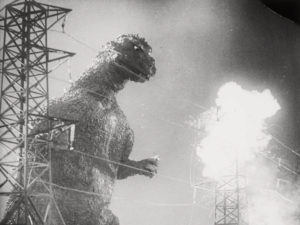
Copyright Toho Films
In the first Godzilla movie, Godzilla, King of the Monsters, the Japanese military attempted to halt Godzilla’s advance towards the heart of Tokyo by erecting a set of power lines which carried three hundred thousand volts. This proved insufficient; Godzilla walked right through it. Two movies later, in King Kong vs. Godzilla, they upped the voltage to a million volts, which had the desired effect of making Godzilla steer clear. However, this leads into our next lesson…
Homeland Security Lesson #2: What Has Worked in the Past Will Not Necessarily Work Now
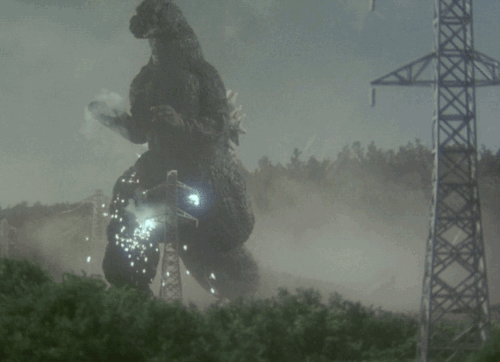
Copyright Toho Films
Homeland security defenders must accept the painful fact that their antagonists will learn and change, altering tactics and taking on new, more potent capabilities. In the very next film in the series, Godzilla vs. the Thing (aka Godzilla vs. Mothra), the Japanese army tries to repeat its success with defensive power lines, but in the interim, Godzilla has upped his game, and just like in the first film in the series, he wades right through the electrical barrier, trashing the expenditure of millions of yen.
Homeland Security Lesson #3: What Works Against One Antagonist May Not Work as Well Against Another
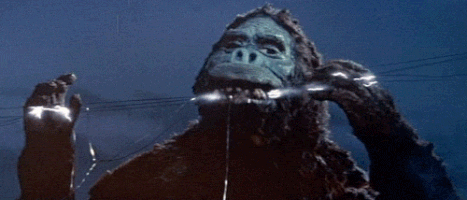
Copyright Toho Films
Yes, those million volts of electricity deterred Godzilla. However, when Kong entered the picture, what didn’t destroy him only made him stronger. In fact, the electricity, rather than repelling him, arguably attracted him deeper into Japan looking for more of the same, since he found a million volts so delectable.
Homeland Security Lesson #4: If Your Primary Tool is a Hammer, You Mustn’t Assume That Your Foe Will Necessarily Act Like a Nail
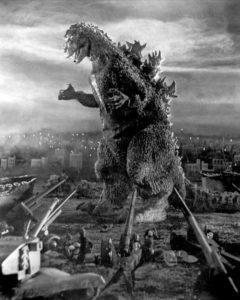
Copyright Toho Films
Organizations, like individuals, can become prey to habits. Particularly organizations like branches of the military, which are tied into long, costly procurement cycles. If an army is heavy with tanks and self-propelled artillery, it will tend to want to use those tools… again and again. This is not necessarily wise. Tanks and artillery have never, never, NEVER worked against Godzilla. Not in the first movie, not in the second movie, not in the third… not once, not ever. Godzilla laughs at tanks and artillery. He takes great amusement from watching the tanks melt beneath his radioactive breath and the tank crews jump out of the hatches and run around on fire until they crumble into ashes. The Japanese army wasted its money for decades on tanks and artillery, until they finally wised up in the later films and began investing in more reasoned and advanced anti-Godzilla technology, such as Mechagodzilla and Super X versions I-III. None of those expensive procurements worked, either, but at least they weren’t so obviously futile as the tank battalions. The only truly effective anti-Godzilla technology ever fielded, arguably, was Dr. Serizowa’s Oxygen Destroyer from the first film, but the army looked askance at it since they hadn’t invented it (or paid for it), and they never bothered to redevelop it after its inventor committed suicide and destroyed the formula. Better to spend the money on more tanks, I suppose…
Homeland Security Lesson #5: The Enemy of Your Enemy is Not Necessarily Your Friend
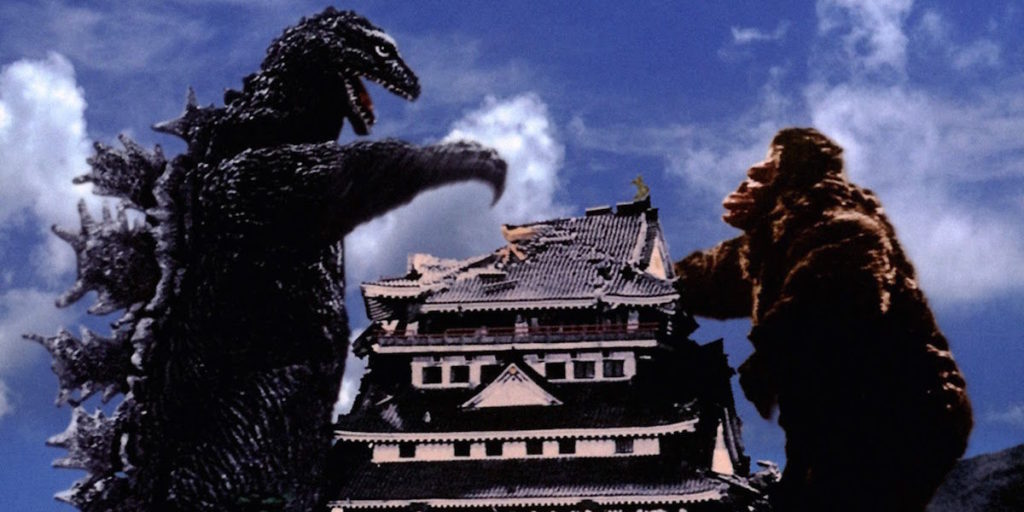
Success has many fathers, while failure is an orphan; I imagine every general on the Japanese army staff was clamoring to claim credit for the supposedly inspired strategy of pitting the more pliable King Kong against the more dangerous foe, Godzilla. However, this strategy could just as easily have gone badly awry. Kong, after apparently vanquishing Godzilla, made the decision to call it a day and head back for Faro Island. But he just as plausibly might have headed back to the coast of Japan. After all, Japan had offered him the enticements of (a) abundant electricity and (b) attractive young girls to paw. And Kong’s feet were just as broad as Godzilla’s, just as capable of stomping rural hamlets into the mud or of kicking over Tokyo radio towers and bashing in venerable Shinto shrines. The Japanese military got lucky. They shouldn’t count on that luck.
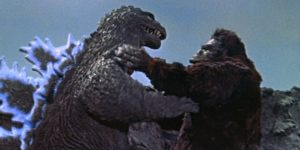
See you next week for more Homeys on Film!




